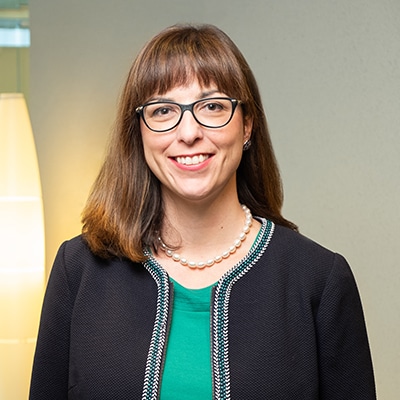Article written by:
Azra Nakicevic, CPA
Director, Tax & Business Advisory Services
After two sets of proposed regulations, on December 19, 2019, the Department of Treasury issued the last and final set of regulations relating to Opportunity Zones (OZ). The issuing of these regulations brings closure to almost two years of uncertainty with respect to certain provisions and provides additional clarity to investors and OZ funds. This article will focus on some of the main takeaways, clarifications and updates from the final regulations, most of which are favorable to taxpayers. For additional background and detail on how the OZ rules work, see previous GBQ publications:
Qualified Opportunity Zones: New Guidance From Treasury
New Tax Incentive For Investment In Low-Income Communities
Ohio Opportunity Zone Resources
Opportunity Zone Frequently Asked Questions
Treatment of Section 1231 gains (think real estate property gains)
Previously issued proposed regulations provided that taxpayers can only invest net Sec. 1231 gains realized during the tax year. Because of this rule, investors were required to wait until the end of the year (when all realized Sec. 1231 gains and losses for the year could be netted) before they could invest net Sec. 1231 gains into a Qualified Opportunity Fund (QOF). The final regulations changed these rules by allowing gross gains from the sale of Sec. 1231 property to be invested immediately, instead of having to wait until the end of the year to make an investment. This change will also allow some taxpayers to invest and defer increased amounts, while not altering the other tax benefits generally associated with Sec. 1231 losses (potential to be ordinary instead of capital in character).
Timing for reinvesting gains into QOFs
In general, taxpayers have 180 days from the time a gain is realized to invest those gains into a QOF in order to defer tax on those gains. In the case of partnerships and S corporations, the owners have several choices as to when to start the 180-day reinvestment period: on the date property is sold by the pass-through entity, on the last day of the taxable year in which the pass-through entity realizes the gain, or on the extended tax return due date for the pass-through entity (generally 3/15 of the year following the sale of property). These rules provide greater flexibility for pass-through entity owners to reinvest gains based on the timing of OZ development.
Permanent exclusion on gains generated from appreciation of QOF investment
The largest tax benefit for QOF investors comes from being able to exclude gains generated from a QOF investment. To be eligible for this benefit, the investor must hold an interest in a QOF for 10 years or more. After a 10-year holding period, an investor can exclude from taxable income any gain generated on the sale of a QOF interest. The final regulations also provide that investors can exclude capital gain, and most of the ordinary gain (except in the case of the sale of inventory), from the sale of property held by the QOF or its underlying business. As a result, any gains from the sale of QOF assets that would otherwise be taxed as ordinary income (for example, depreciation recapture or unrealized receivables) will also be excluded from taxable income under the final regulations.
Original use and substantial improvement tests
A QOF is required to hold Qualified Opportunity Zone Business Property (QOZBP), directly or indirectly, in order to meet testing requirements mandated by the regulations. To qualify as QOZBP, the property must be either originally used in the QOZ or be substantially improved during the 30-month period after the purchase. The final regulations provide few changes and clarifications with respect to the original use and substantial improvement requirements. The original use test can be met if the property was vacant for three years (reduced from a five-year requirement in the proposed regulations) after the area was designated as an OZ, or if the property was vacant for one year prior to its designation as an OZ. This would allow taxpayers to invest in certain existing vacant properties and meet the eligibility requirements without having to substantially improve the properties as well.
If a property located within an OZ does not meet the original use requirement, it will qualify for the OZ benefits if the property is substantially improved during the 30-month period beginning after the acquisition of the property by a QOF. The substantial improvement requirement will be met if the cost of the property is doubled within the 30-month period. If the fund owns more than one property, aggregation is generally not allowed, meaning each property will need to meet the substantial improvement requirements on its own. The final regulations allow aggregation only in limited circumstances.
One provision in the final regulations that was not favorable to taxpayers provides that substantial improvements to properties not qualified as QOZBP will also be treated as nonqualified QOZBP. Therefore, projects that aim to improve property that do not meet the QOZBP requirements (i.e. improvements on property purchased before 12/31/2017) generally will not be able to qualify as QOZBP. In addition, the IRS also provided that selling property to a QOF does not create gain eligible for investment in the same QOF. Even with these restrictions, however, the final OZ regulations still provide many favorable provisions and ensure easier compliance, which aligns with the spirit of the OZ incentives – to encourage investment and development of designated low-income communities.
The rules and requirements for OZs are lengthy and complex. We encourage you to reach out to your GBQ tax advisor to discuss whether you may benefit from these OZ tax incentives.
